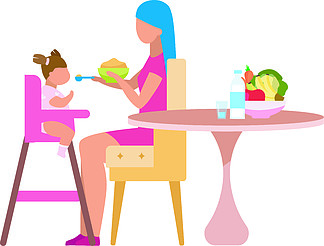For parents with young children, there may be an observation that the baby’s legs often naturally curl, even as they start to crawl, this curvature may not immediately change. In fact, a slight bending of the legs in infancy is usually a normal part of development.
This is because the muscles attached to the inner side of the baby’s legs are thinner compared to the outer side, creating a visual bending effect, which is a common misconception. Additionally, the prolonged curled position of the fetus in the womb causes a tendency for the toes to tilt inward at birth, but over time, the baby’s limbs will gradually relax and open up.
Some babies may have a slower rate of limb extension, and at the walking stage, toe-in, unstable gait, or even mild curvature of the legs may still be observed around one year old. This situation should not be overly concerned about because as the child grows, around 2 to 3 years old, most children’s leg bending conditions will naturally correct as part of adapting to their body weight and strengthening muscle power.
Interestingly, babies are often born with bowlegs, transitioning to straight legs at around eighteen months, but may turn into knock-knees around three and a half years old. During this stage, children may occasionally fall while running due to knee collisions, have difficulty standing with legs together, or exhibit a bowlegged shape. However, parents can rest assured that around the age of 7, these phenomena are likely to adjust on their own, and leg form will tend towards normalcy.
When facing the issue of baby’s bent legs, first consider if it is related to a deficiency in nutrients, especially calcium. If diagnosed with calcium deficiency, supplement promptly; and if nutritional deficiencies are ruled out, gentle external aids can be explored to help adjust. In conclusion, whether a baby’s legs are straight or bent, it is largely a natural expression of growth and development, parents should maintain vigilance without excessive anxiety.


